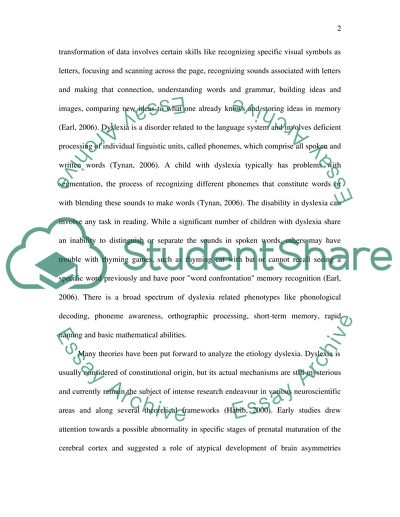Cite this document
(Varieties of Developmental Dyslexia Assignment Example | Topics and Well Written Essays - 2254 words, n.d.)
Varieties of Developmental Dyslexia Assignment Example | Topics and Well Written Essays - 2254 words. Retrieved from https://studentshare.org/health-sciences-medicine/1543185-chidren-with-disabilty
Varieties of Developmental Dyslexia Assignment Example | Topics and Well Written Essays - 2254 words. Retrieved from https://studentshare.org/health-sciences-medicine/1543185-chidren-with-disabilty
(Varieties of Developmental Dyslexia Assignment Example | Topics and Well Written Essays - 2254 Words)
Varieties of Developmental Dyslexia Assignment Example | Topics and Well Written Essays - 2254 Words. https://studentshare.org/health-sciences-medicine/1543185-chidren-with-disabilty.
Varieties of Developmental Dyslexia Assignment Example | Topics and Well Written Essays - 2254 Words. https://studentshare.org/health-sciences-medicine/1543185-chidren-with-disabilty.
“Varieties of Developmental Dyslexia Assignment Example | Topics and Well Written Essays - 2254 Words”, n.d. https://studentshare.org/health-sciences-medicine/1543185-chidren-with-disabilty.


